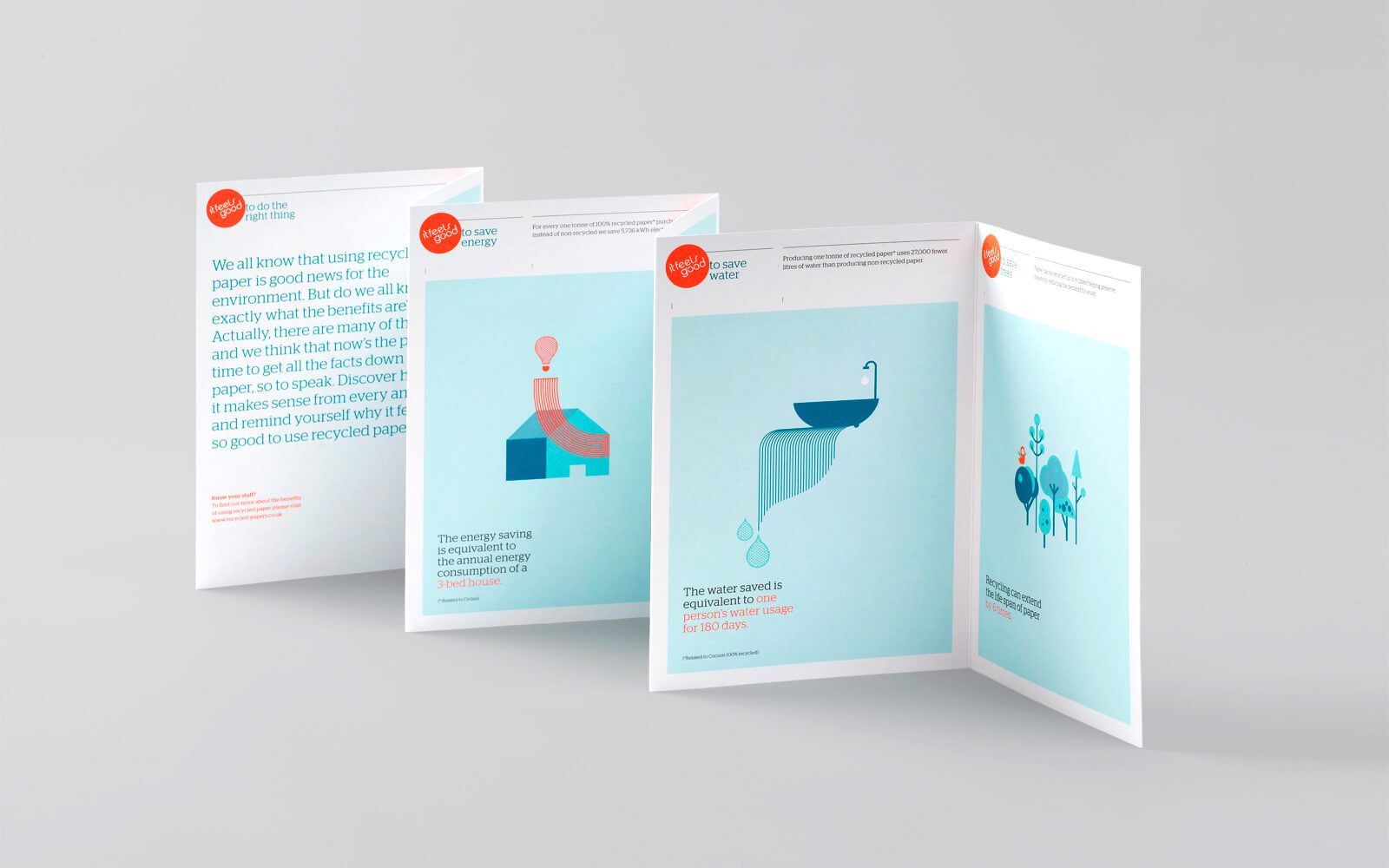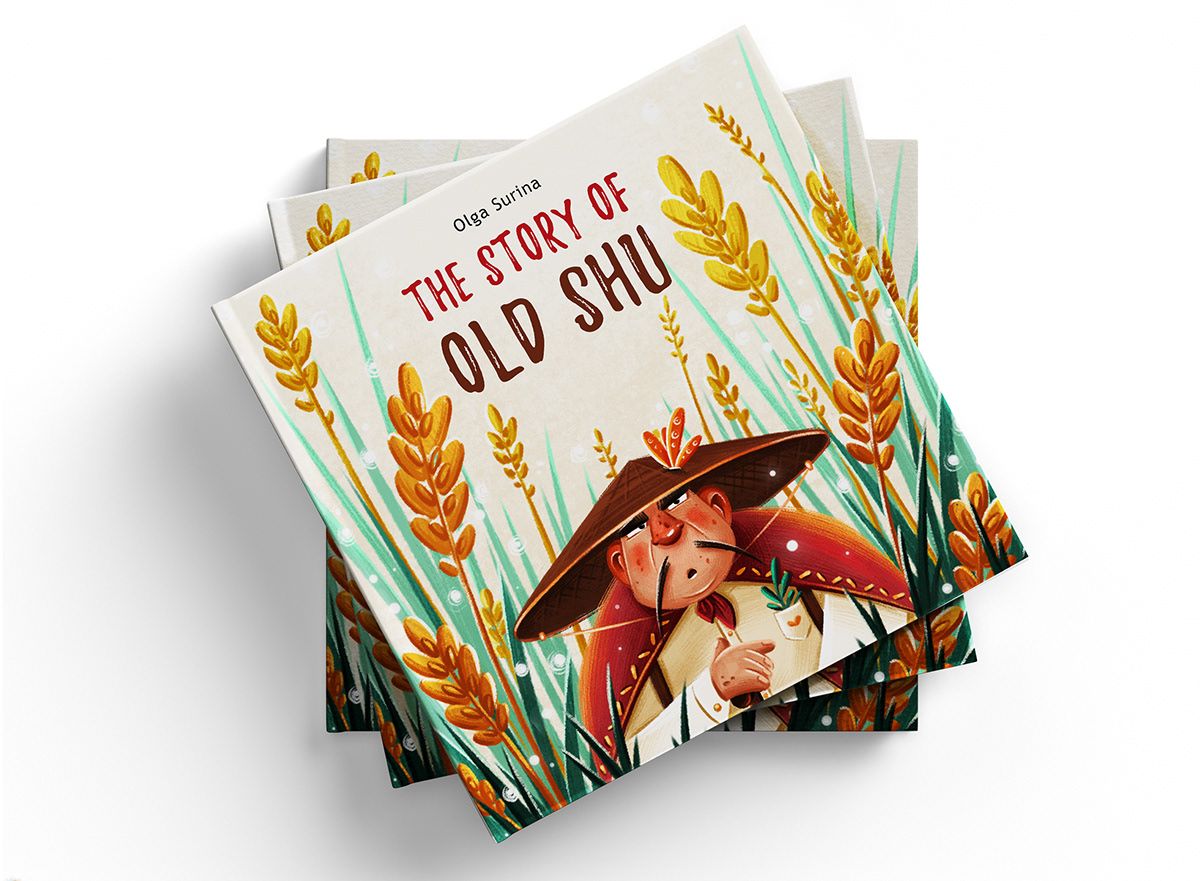5 avantages clés des livres imprimés à la demande pour les auteurs et les lecteurs
Are you an author seeking an efficient and flexible way to publish, or a reader searching for unique, hard-to-find books? The print-on-demand (POD) model has revolutionized book publishing, allowing greater flexibility and accessibility than ever before. As POD technology advances, both authors and readers are reaping the benefits, and the book printing industry is forever transformed. In this article, we’ll explore how print-on-demand books are changing the landscape and why they are becoming essential in today’s publishing market.
Table des matières
What are Print-On-Demand Books?
Print-on-demand (POD) is an innovative book publishing process where books are printed only after an order is placed, rather than producing large print runs upfront. This not only minimizes costs associated with storage but also reduces waste, making it an ideal option for independent authors, publishers, and even traditional publishing houses looking to optimize their operations. POD is rapidly growing as a popular choice for book and magazine printing, bringing advantages for those seeking more sustainable and economically viable publishing options.
POD printing enables authors to upload their manuscripts digitally, which are then available for readers to order on demand. Once an order is placed, the book is printed and shipped directly to the reader, providing a seamless experience from manuscript to bookshelf. This streamlined process is highly efficient, cutting out middle steps and allowing authors to share their work more widely without upfront risks or heavy financial commitments.
Why Print-On-Demand Books Are Popular Globally
The demand for POD books is on the rise around the world, and for good reason. In regions like Australia, POD has offered a flexible publishing alternative, empowering local authors to retain more control over their work while expanding the availability of diverse content. For authors, it removes the risks of overprinting or unsold stock, while readers benefit from access to a broader range of books that might not be widely available in traditional bookstores.
By catering to niche markets, print-on-demand enables more personalized, exclusive publications to reach dedicated audiences—think limited edition prints, customized content, or region-specific titles. The relatively low cost and high efficiency of POD allow authors to bring unique content to life in ways that previously might not have been financially feasible.
5 Significant Benefits of Print-On-Demand Books
Now, let’s explore the primary benefits of POD, whether you’re an author or a reader looking for specific content:
1. Cost-Effective for Authors and Publishers
One of the greatest advantages of POD for authors and publishers is the ability to produce books on an as-needed basis, effectively reducing financial risk.
- Reduced Upfront Costs: Traditional publishing requires large print runs, which can lead to significant upfront expenses. With POD, authors don’t need to pay for mass production, making it easier to manage budgets.
- Lower Storage Needs: Since books are printed only when ordered, there is no need to store unsold copies, which reduces warehousing costs significantly.
- Greater Publishing Flexibility: For authors wishing to experiment with various titles or genres, POD offers a flexible solution without major investment. This allows for testing ideas without the risk of substantial financial loss.
2. Eco-Friendly Publishing Solution
Sustainability has become a top priority across industries, and POD aligns well with environmentally conscious values.
- Reduction in Waste: With POD, books are only printed when there is demand, minimizing the issue of excess inventory and reducing paper waste.
- Lower Carbon Footprint: The localized nature of POD can help reduce emissions tied to long-distance shipping, as books are often printed close to the reader’s location.
- Optimized Resource Use: The print-on-demand model uses fewer resources, making it a greener publishing option compared to traditional methods that rely on large print runs and subsequent storage needs.
3. Enhanced Reader Experience and Flexibility
POD brings a unique advantage to readers as well, allowing them access to books that may otherwise be out of reach.
- Broad Selection of Titles: Readers can explore a wide array of titles, including niche genres or limited-edition prints, that may not be available in traditional bookstores.
- Fast Delivery: With shorter production times and efficient fulfillment, readers can receive new or rare books quickly without the traditional wait times of large print runs.
- Personalized Options: POD enables customization, so readers looking for exclusive or personalized content can order books that align with their specific tastes and preferences.
4. Faster Time-to-Market for Authors
In today’s fast-paced market, timing is essential, and POD allows authors to get their work to readers swiftly.
- Quicker Publication Process: Unlike traditional publishing, which involves lengthy lead times, POD books can reach the market soon after the manuscript is finalized.
- Rapid Response to Market Trends: Authors can react to trends quickly, releasing timely content without the delays associated with standard publishing.
- Flexible Adjustments: With POD, it’s easy to make minor revisions or updates between printings, ensuring that the content stays relevant and accurate.
5. Reduced Need for Inventory and Storage
POD offers a unique benefit to authors, publishers, and bookstores by removing the burden of maintaining large inventories.
- No Storage Costs: By eliminating the need for physical inventory, POD reduces overhead associated with warehousing.
- Minimal Waste: Authors don’t risk printing hundreds of books that may never sell, which aligns with both economic and environmental interests.
- Efficient Workflow for Self-Published Authors: Without the hassle of managing stock and shipping, authors can focus more on their writing and marketing efforts.
Choosing the Right Print-On-Demand Service Provider
Selecting a reliable POD partner is essential for ensuring high-quality books and customer satisfaction. Here’s what authors should consider:
- Print Quality and Format Options: Look for providers offering premium print quality, with various options in size, paper, and binding to suit different book types.
- Customer Service and Support: Reliable customer service can make a significant difference, especially when addressing custom needs or technical questions.
- Pricing and Turnaround Times: Affordability and quick delivery times are critical, as they help ensure books reach readers promptly without compromising on quality.
Additional Considerations for Magazine and Book Printers in POD
For magazine and book printers, POD represents a substantial opportunity to serve diverse market needs. By offering on-demand services, printers can cater to specific audiences while minimizing waste and maximizing resource efficiency.
- Flexible Printing for Varied Formats: From hardcover books to glossy magazines, POD services should support multiple formats to cater to a wide range of publishing needs.
- Local and Global Reach: By expanding POD capabilities to local and international markets, printers can help authors reach readers in different regions without the need for extensive distribution networks.
The Future of POD in the Publishing Industry
Print-on-demand technology has reshaped publishing, bridging the gap between authors and readers while driving sustainability and economic efficiency. With advancements in digital printing, POD is likely to continue evolving, offering new opportunities for customization and personalization.
For authors and readers alike, POD provides an affordable, flexible way to engage with books. This model not only allows authors to experiment creatively but also brings readers a broader selection of titles. As more publishers and printers embrace POD, the future of book printing looks bright, sustainable, and promising.
Conclusion
In conclusion, print-on-demand has redefined the publishing world, benefiting authors, readers, and printers. By combining economic advantages, environmental sustainability, and greater accessibility, POD is setting new standards in book printing. For those looking to print or purchase books with ease, quality, and minimal environmental impact, print-on-demand is the path forward.
FAQ
Q1: How does print-on-demand work for self-published authors?
A: Self-published authors can upload their manuscript to a POD platform, and once readers order the book, it is printed and shipped. This eliminates upfront costs and allows authors to reach their audience without traditional publishing constraints.
Q2: What types of books are best suited for print-on-demand?
A: Print-on-demand is ideal for various book types, including novels, nonfiction, niche genres, academic texts, and custom publications like photo books or limited-edition prints.
Q3: Is POD environmentally friendly?
Yes, POD is eco-friendly as it reduces waste, uses fewer resources, and minimizes the carbon footprint by printing locally and only on demand.
Impression de livres
Nouveaux produits
Dernier blog

Les 5 meilleures méthodes de reliure de livres économiques pour réussir vos impressions
Si vous vous lancez dans l'auto-édition, l'une de vos principales préoccupations sera de trouver des options économiques pour l'impression de livres.

Combien coûte l'impression d'une bande dessinée
Créer une bande dessinée n'est pas seulement un projet, c'est une passion qui allie narration, art et esprit d'entreprise. Pour de nombreux artistes et écrivains,

Le moyen le moins cher d'imprimer un livret en Chine
L'impression de livrets est un outil polyvalent pour transmettre efficacement votre message, que vous fassiez la promotion d'un produit, que vous encouragiez des bénévoles,

Combien coûte l’impression d’un livre de 100 pages ?
L'impression d'un livre, en particulier d'un livre de 100 pages, implique divers facteurs qui peuvent affecter le coût global. Que vous soyez un auteur souhaitant s'auto-éditer, une entreprise souhaitant imprimer du matériel promotionnel
Contactez-nous
- +86 13946584521
- info@booksprinting.net
- 8h00 - 22h00 (du lundi au dimanche)
Commentaires
Blog associé
Découvrez les dernières tendances et connaissances communes dans le domaine de l'impression de livres.

Pourquoi les livres imprimés étaient-ils populaires ?
Lors de la création d'un livre pour enfants, chaque élément compte, en particulier le choix du papier. Choisir le bon type de papier peut rehausser l'apparence d'un livre,

Comment concevoir la couverture parfaite d'un livre à couverture rigide
Dans le monde de l’édition, la couverture d’un livre à couverture rigide est bien plus qu’une simple couche protectrice : c’est un outil de narration dynamique.

combien coûte l'impression d'un livre
Les coûts d'impression de livres peuvent varier de $2 à $20 par livre, en fonction de facteurs tels que la quantité, les matériaux et le type. Par exemple, les livres de poche sont plus abordables, coûtant souvent $2 à $5 pour l'impression en noir et blanc, tandis que les éditions à couverture rigide ou les impressions en couleur peuvent atteindre $20 en raison des dépenses de production plus élevées.

Combien coûte l’impression d’un livre pour enfants ?
Publier un livre pour enfants est une aventure passionnante qui permet aux auteurs de partager des histoires, de stimuler l'imagination et d'éduquer les jeunes esprits. Cependant,





